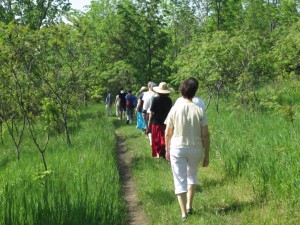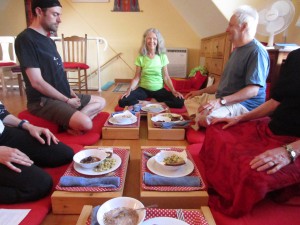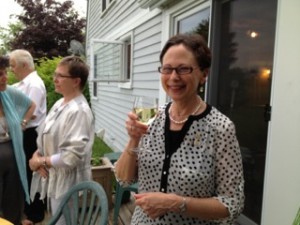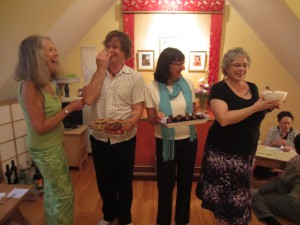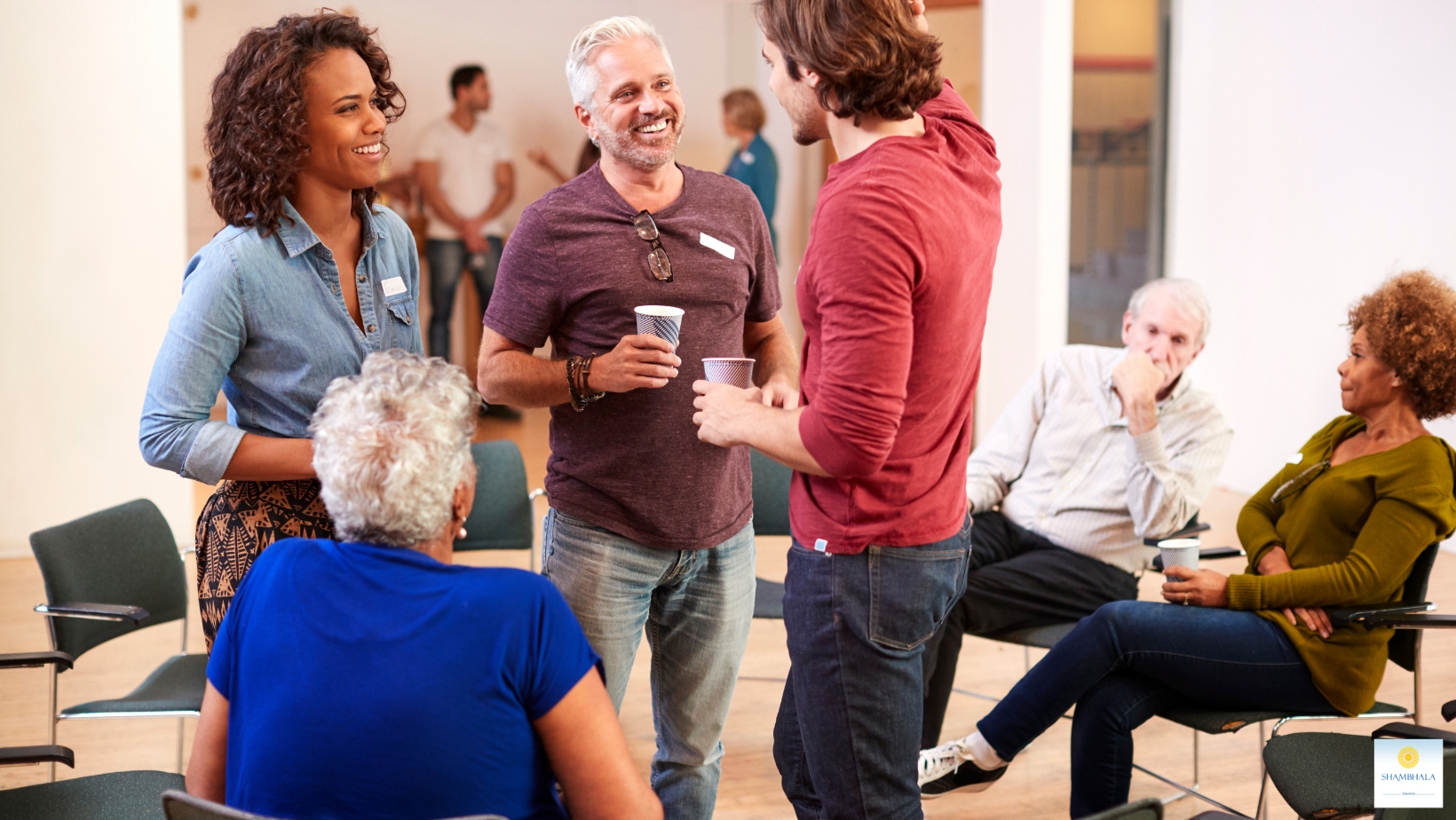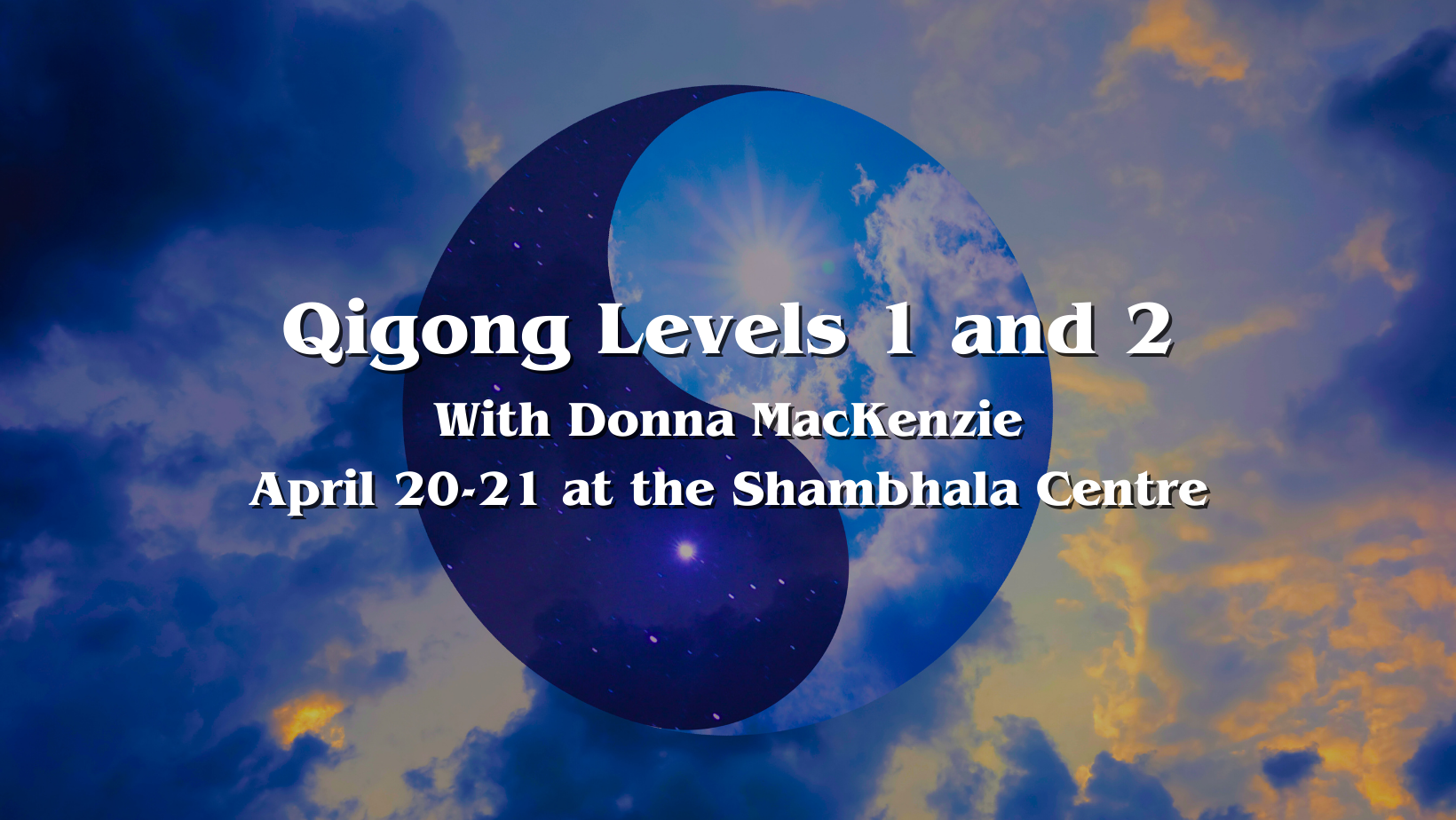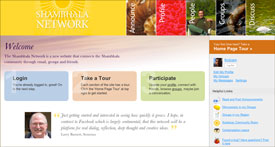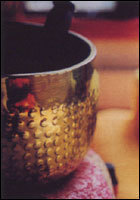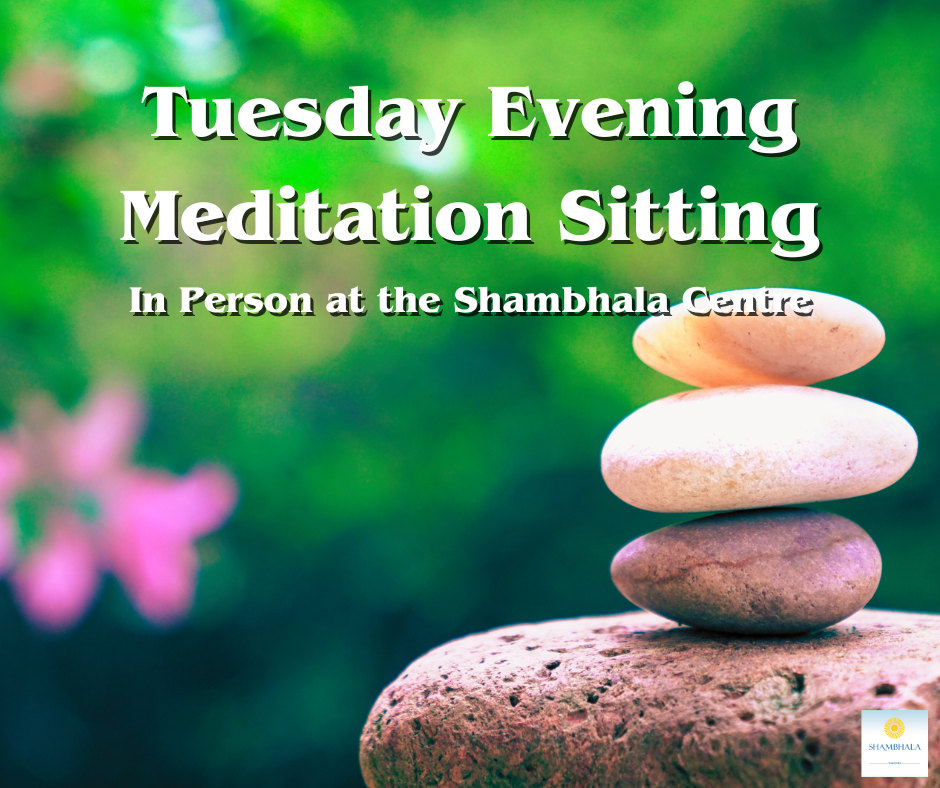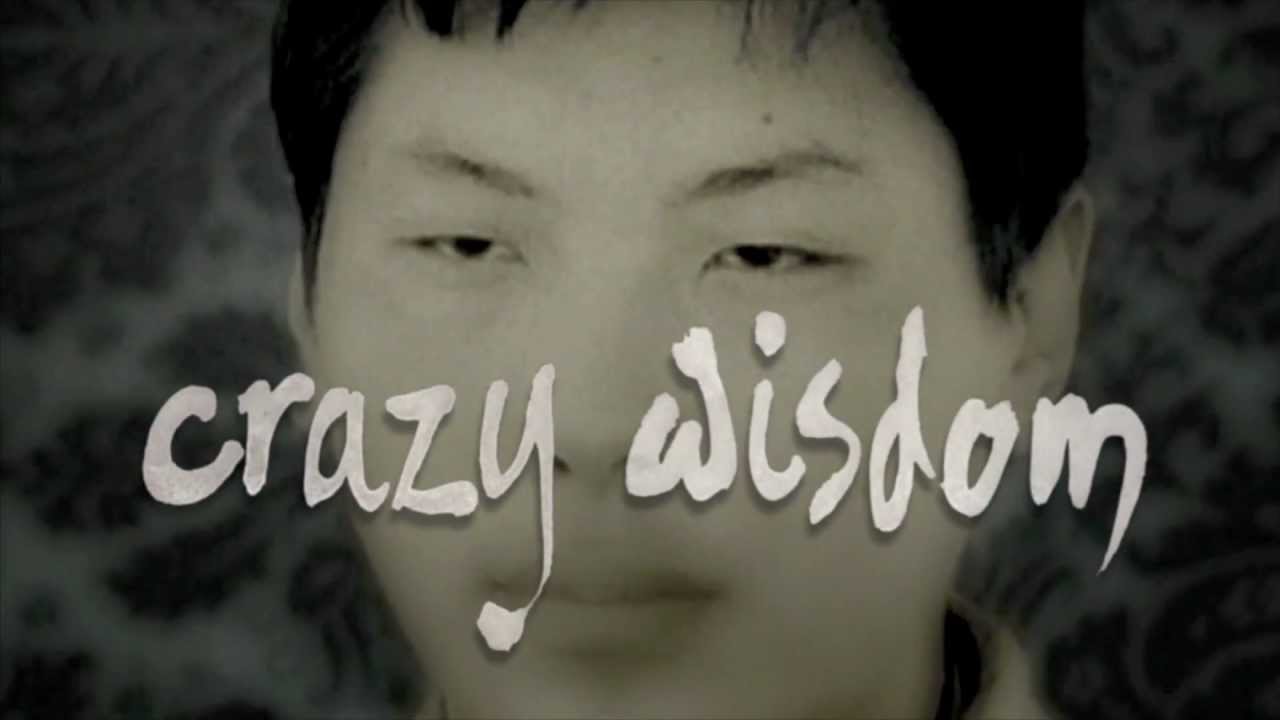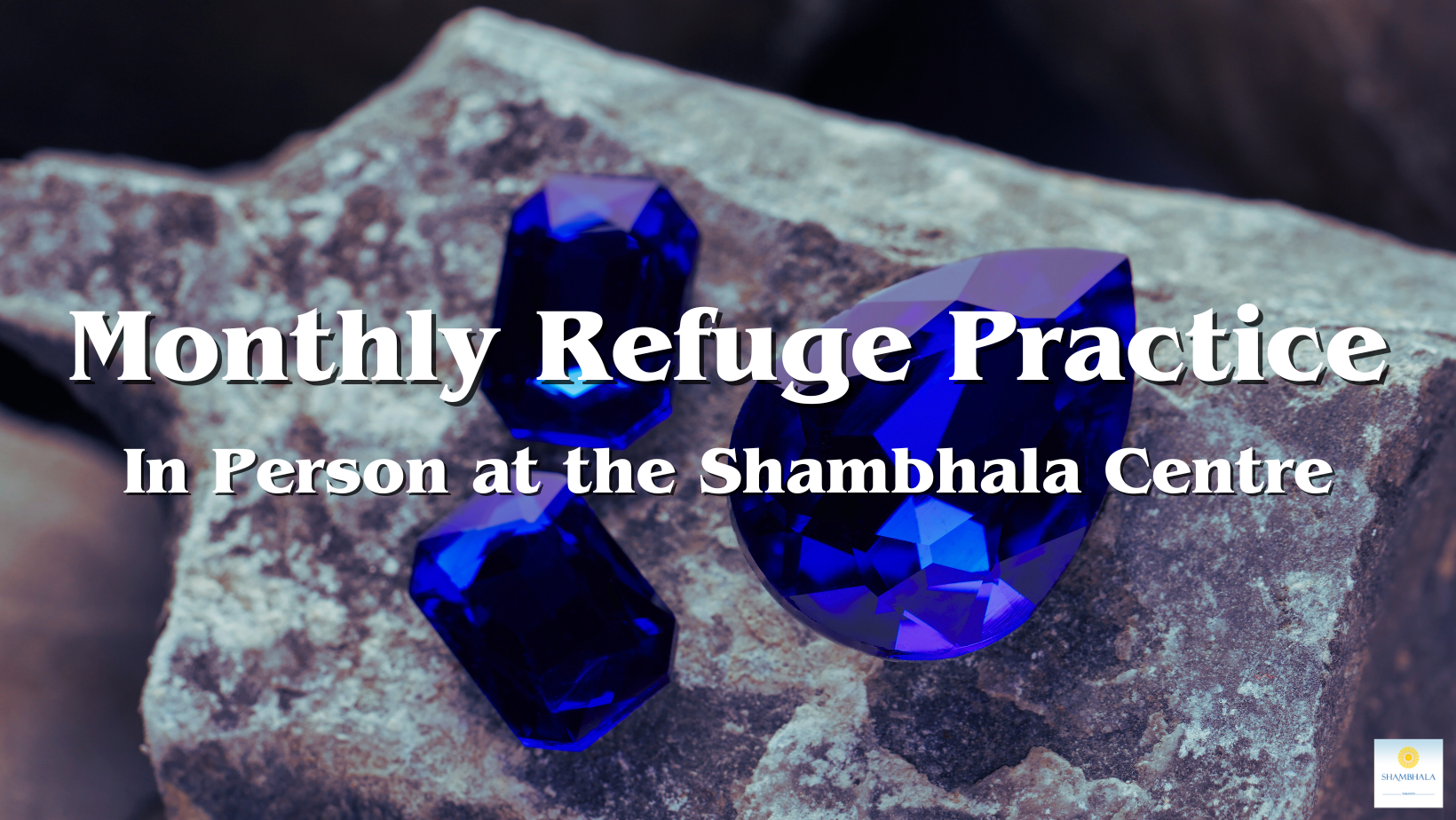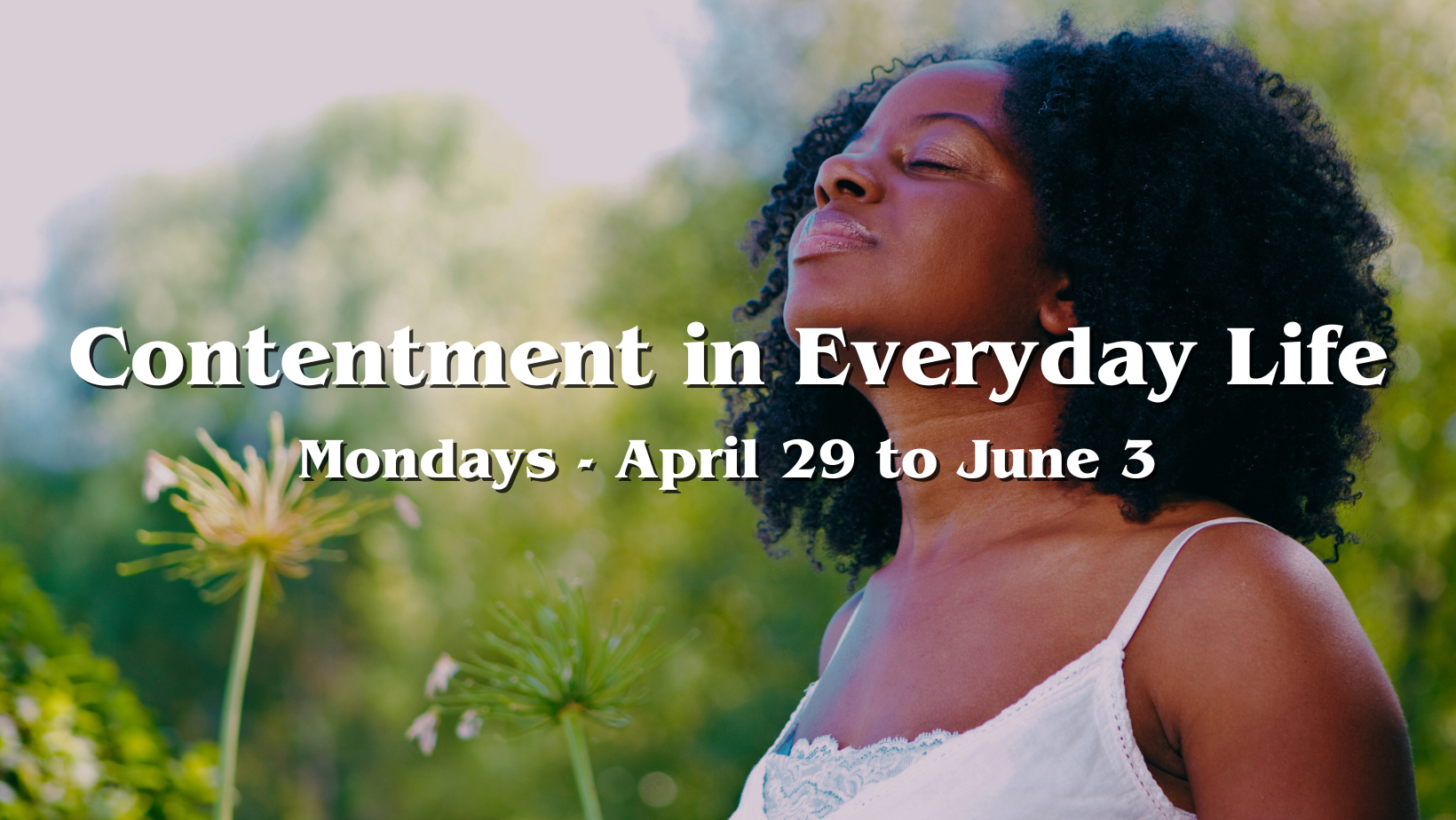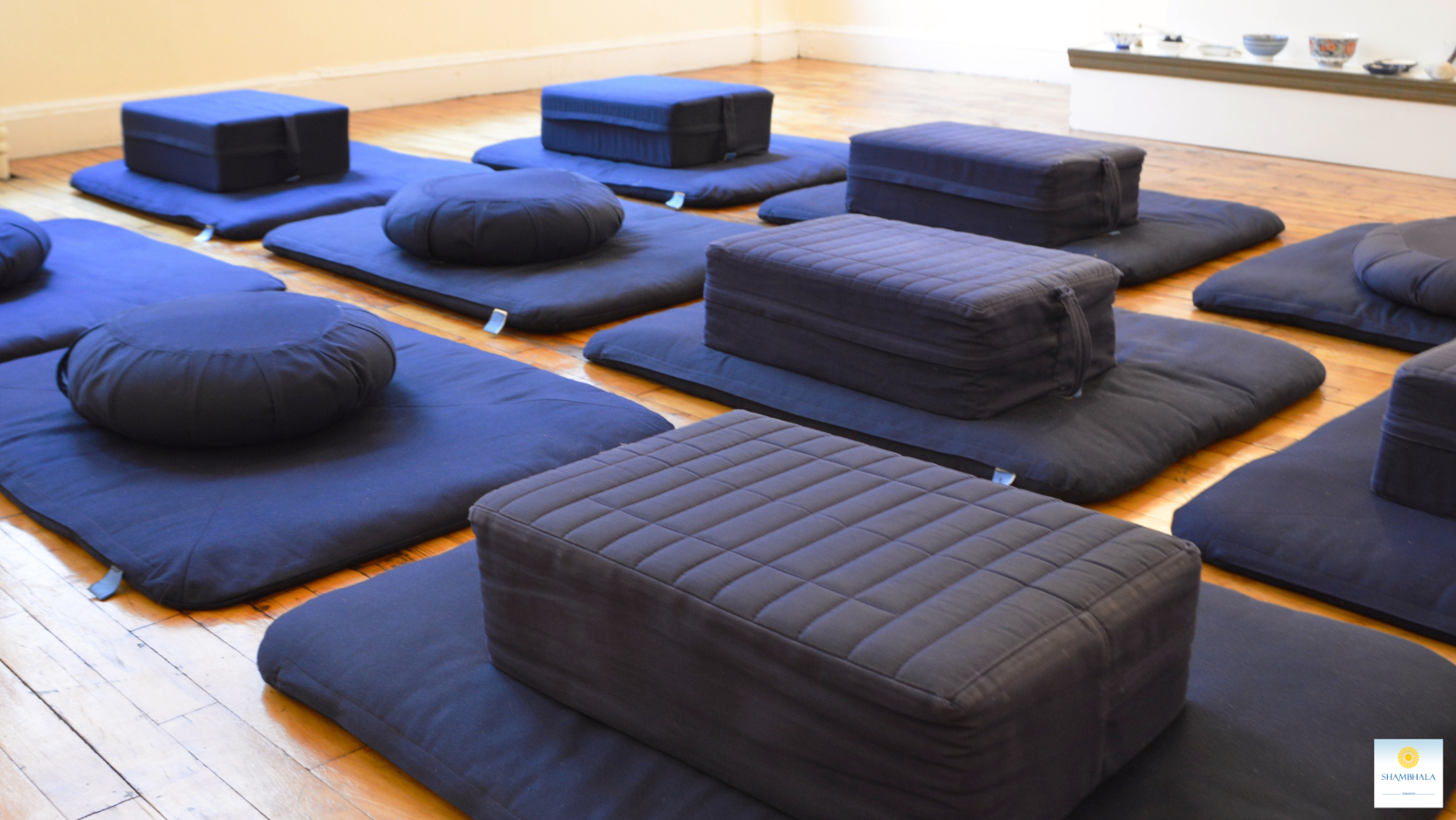Back to Basic Goodness: Beginner’s Mind and Butter Tarts on a First Weekthun
Group retreats are often described as “potent” ways to deepen one’s mediation practice. I finally had the opportunity to experience that potency for the first time in a weekthun at Juniper Hill 25 May–2 June. Patricia Hayward directed the retreat with teachings on the new Shambhala meditation approach to fully experiencing ourselves as being alive right here, feeling our feelings, recognizing that whatever is going on is part of our embodied basic worthiness. In some ways, it’s not actually new. Just this morning in my practice I was working with the boxed cards with principles from Chögyam Trungpa’s Shambhala: The Sacred Path of the Warrior. Card 23 says “You cannot possess basic goodness.”
The goal of warriorship is to express basic goodness in its most complelete, fresh, and brilliant form. This is possible when you realize that you do not possess basic goodness, but you are the basic goodness itself.
But somehow we still don’t get it. Or at least, I still don’t get it. If Madeline Conacher’s tattered copy of The Sacred Path of the Warrior is any indication of the practice involved, it might be a lifetime before I understand or really live this simple truth. The approach gives us a context for practice, helps us remember to feel what we’re feeling. As Patricia put it, “we spend years forgetting that we’re right here so practice is remembering that we’re alive—and embodied.” Meditation brings our mind into our body but also brings our body into our mind and synchronizes us. It’s also a way to take responsibility for uplifting ourselves. When we appreciate ourselves as human beings—when we care—“we fan the ember of basic goodness, without our agenda…Cultivating this in ourselves helps our family, our immediate context, whoever we come into contact with.”
What’s really stayed with me was the teaching that meditation is a societal act. It’s not just working on ourselves—it affects our culture by altering our paradigm in a powerful way. This “declaring human worthiness,” in what Sakyong Mipham Rinpoche calls a “process of discovering reality” takes courage because it involves letting go of our own version of reality, opening our senses beyond grasping, beyond “like and don’t like” to the rawness of being alive in this particular body. And every time we each let go of our “me project” we strengthen the fabric of culture. But as Patricia reminded us, it takes manual labour, in this case shamatha meditation.
Language can feel inadequate because it’s an experience of really tasting the moment. You had to be there. Or rather, you have to be here—where everything is included in the practice. The sound of frogs at night, the wind and bird song. Washing dishes and chopping carrots. The increasing heat and irises blooming as the week continued. The sensation of sweat slowly trickling down my back. Each day began at 7 am in the shrine room with morning chants followed by either a walk or yoga or another body practice called lujong to wake up and energize our bodies. Breakfast, like all meals, was part of the practice. We sat in a group and didn’t begin to eat until everyone was assembled. We ate in silence. In fact we did almost everything in silence. The first day when I went for seconds I was pretty uncomfortable when I discovered that everyone was sitting in silence while I ate before we could end the meal.
This is old hat to people who’ve gone on retreat but though I knew that everything was practice, I didn’t understand that everything means, well, everything. My scarcity thinking about meals, for example. Was there going to be enough time? Would I get enough? During sitting I’d catch myself regretting having the oatmeal and wishing I’d eaten cereal instead. It’s a banal but very ordinary example of how I don’t focus on what’s on my plate right now and enjoy or at least taste what I’m actually eating. Or feeling.
The first couple of days were about getting familiar with the structure, before moving into “noble silence” (i.e., no talking at all, no email or texting). Patricia reminded us to be gentle, keep it simple, and just feel what we’re feeling. By about the third day, feeling what I’m feeling was a revelation. I’d been practising for maybe six years or so (and fallen off the cushion many times) and certainly had heard the instructions about working with thoughts countless times but I’d never really believed that my speed and schemes and emotional narratives—or what Patricia Hayward called our “blah blah blah” —were actually part of my fundamental good human situation. For the first time I got curious about the feeling of my thoughts. When I was annoyed by something or strategizing about how I was going to x, y, or z, I sat with how my heart hardened with judgement or snarled in aggression. How speed feels, how fear and doubt feel. Right here. I suspect this is what making friends with one’s self means.
Sakyong Mipham Rinpoche remembers his father saying “life is a ceremony” (The Sambhala Principle, 74). There are ceremonies of walking the dog and ceremonies of going to dinner with a friend. But there are also ceremonies that reinforce our fear and doubt and strengthen the cocoon so that our worlds become very small and tight. I’m reminded of a little story from Maira Kalman’s The Principles of Uncertainty. Kalman describes her aristocratic father-in-law carrying around a little notebook in which he collected insults.
Every time he felt insulted or slighted (and it was often), he would pull out a small leather-covered notebook from his inside jacket pocket and make a notation with a slim gold pen. He had so many of these books. Why. I always wanted to know. Why? (114)
What a poignant description (with delightful illustrations too)! And what are the effects of such a ceremony? I certainly have my own version of such a notebook. Not a literal notebook but my own well-rehearsed stories of hurt, my private ceremonies of the cocoon, stretching from childhood right up to well, breakfast.
In our current ceremony, humanity spends most of its time making things and buying things. Within this system, personal growth and spirituality are not priorities because there is little room left in the calendar for examining the purpose of life and developing one’s heart and mind. (Sakyong Mipham, The Shambhala Principle, 76).
But instead of wanting things and buying things, instead of hardening my heart with armour and increasing my sense of doubt and impossibility, I can just feel the effect of such stories instead of collecting more. Patricia kept reminding us that we can just relax and remember that we are alive right now. (I noticed at one point that I was clenching my teeth and growling at myself to just relax and enjoy my life, with a clenched fist in my chest! Not what she meant of course but it softened up after I sat with the feeling of my aggression.)
Every society is a ceremony that reflects the attitude of individuals toward themselves and others. We have been participating in somebody else’s ceremony—a ceremony of being asleep. But we have the power to shift the direction of our destiny by engaging in enlightened society—a ceremony of being awake. —Sakyong Mipham, “Joined at the Heart”
The most powerful thing about a retreat is the practice but also a culture of kindness that runs throughout our time together. Of course there are insights and breakthroughs but also stuckness and doubt. Including everything with kindness is what gives us confidence. Did I say everything? Midweek I saw that there was going to be butter tarts at the tea break. I love butter tarts. I caught myself remembering the best versions I’d tasted, hoping these ones would have raisins. At tea they were served with whipped cream. How extravagant! As I took my tart with my tea outside to the patio, it slipped on the plate, whipped cream smearing on my t-shirt and slopping on the floor. I got flustered, cleaned it up, and sat down. After taking a breath I took a forkful of tart into my mouth. It was disappointing, flimsy, so much pastry and not enough buttery sweet centre. And not a raisin in sight. I didn’t want this to be true! I had another bite, searching, hoping. Another. Before I knew it, I’d eaten the tart without really tasting it—I’d compared it to butter tarts in the past and hoped for something that wasn’t this one and found it lacking but I’d failed to experience the thing itself. So I had another one. This time slowly tasting it for what it really was without my trying to make it into what I preferred. (Yes I had two butter tarts!)
While this anecdote could be illustrating my speed and sweet-toothed greed, it was also a very concrete example of how the “me project” (my version of a good butter tart) gets in the way of tasting what’s actually on my plate. I know that judging what or who I like, looking for what will make me happy, is unlikely to create any happiness but it’s such a habit! (In Ruling Your World, Sakyong Mipham Rinpoche’s first chapter is called “What About Me?” Check out his lovely music video on Youtube by the same name.) When I notice that I’m not tasting my experience, I can wake up and come back to right here. Back to basic goodness.
A great deal of chaos in the world occurs because people don’t appreciate themselves. Having never developed sympathy or gentleness toward themselves, they cannot experience harmony or peace within themselves, and therefore, what they project to others is also inharmonious and confused. Instead of appreciating our lives, we often take our existence for granted or we find it depressing and burdensome …
When you don’t punish or condemn yourself, when you relax more and appreciate your body and mind, you begin to contact the fundamental notion of basic goodness in yourself. So it is extremely important to be willing to open yourself to yourself. Developing tenderness to yourself allows you to see both your problems and your potential accurately. You don’t feel that you have to ignore your problems or exaggerate your potential. That kind of gentleness towards yourself and appreciation of yourself is very necessary. It provides the ground for helping yourself and others. (Chögyam Trungpa, Shambhala: The Sacred Path of the Warrior, 35-36)
Patricia told us that Sakyong Mipham Rinpoche asked her in February whether Shambhala meditation changed the culture at a recent winter dathun (month of meditation). By the last day it was very palpable that we had created a culture of kindness. The weekthun had roused my motivation and confidence. The other participants also spoke about the power and inspiration arising from touching our vulnerability, our appreciation. Tristan Lyons composed a spontaneous haiku that said “back aching/comes and goes/ more comes.” If we can maintain this sense of humour, everything can remind us that we are alive right now—worthy and healthy and wise. “Basic goodness is good because it is unconditional, or fundamental. It is there already, in the same way that heaven and earth are there already” (The Sacred Path of the Warrior, 42-43).
The weekthun finished with a beautiful dinner that included stories, poems, jokes, dance, and songs. Sangye Choga Martin blew me away with his unaccompanied voice singing Nature Boy. (Patricia literally swooned when he was done.) And the butter tarts were fantastic.


